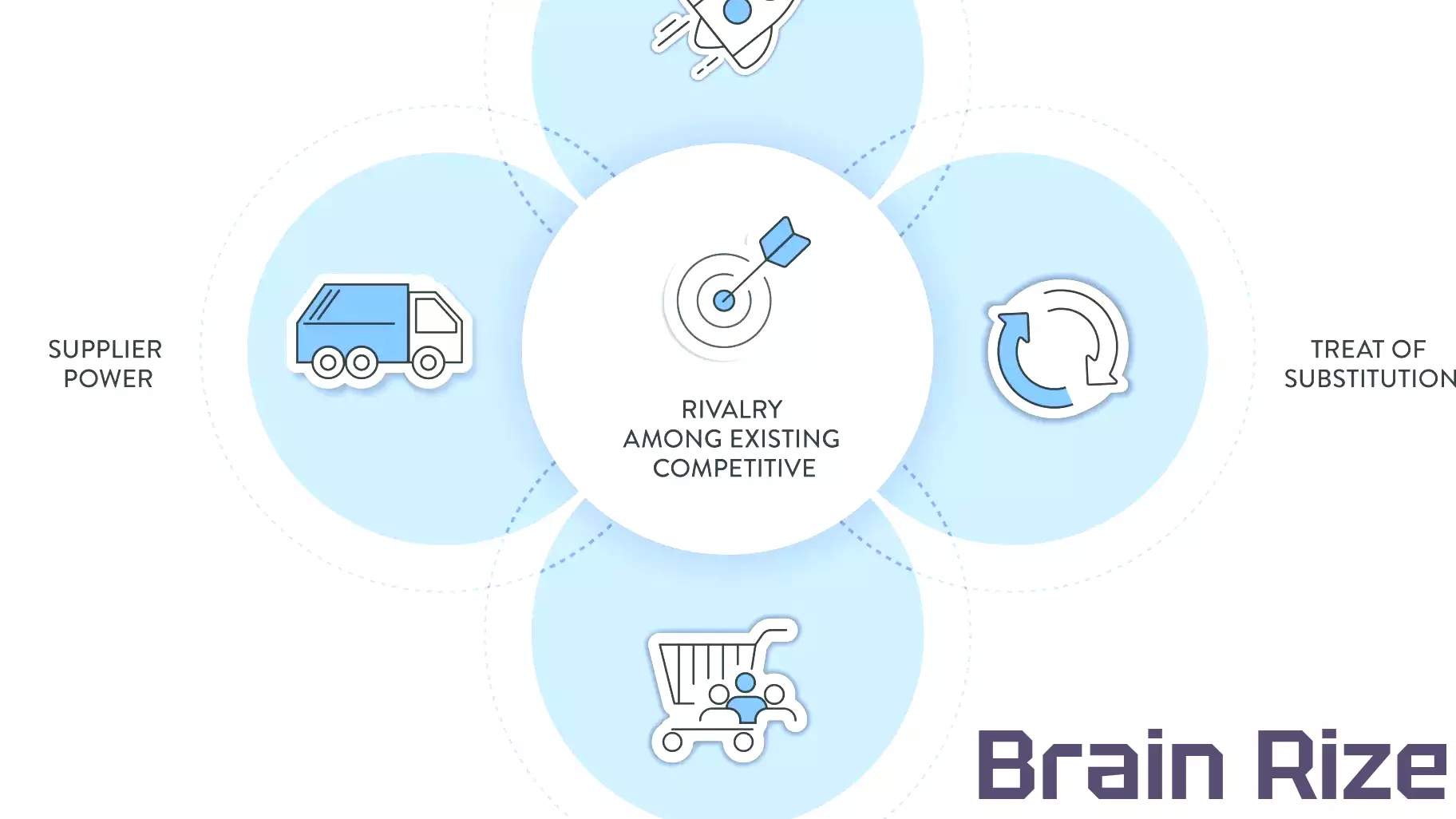The Five Forces Influencing the Future of Higher Education
December 24, 2024 - 06:07

While the Five Forces model is a cornerstone of business strategy, its application in the realm of higher education has been limited. As institutions face unprecedented challenges and changes, understanding these forces can provide valuable insights into the evolving landscape of academia.
First, the threat of new entrants is reshaping competition among colleges and universities. With the rise of online education platforms and alternative credentialing options, traditional institutions must adapt to maintain their relevance. This shift is further influenced by changing student demographics and expectations, which demand more flexible and accessible learning experiences.
Second, the bargaining power of students has increased significantly. As consumers of education, students now have access to a plethora of options, compelling institutions to enhance their offerings and improve the overall student experience. This shift in power dynamics is forcing schools to innovate and differentiate themselves in a crowded market.
Additionally, the influence of technology cannot be overstated. The rapid advancement of digital tools and resources is transforming teaching and learning methodologies, prompting institutions to invest in new technologies to remain competitive.
Overall, the Five Forces model provides a framework for understanding the complex dynamics at play in higher education, highlighting the need for institutions to adapt and evolve in response to these changing conditions.
MORE NEWS

December 24, 2025 - 01:35
Embracing a Passion for Education: Jillienne Lingis Inspires Young MindsJillienne Lingis is taking her love of learning and empowering future generations as a teacher and role model who nurtures the minds of her fourth-grade students. With a deep commitment to...

December 23, 2025 - 05:38
ING Showcases Digital Innovation and Financial Literacy InitiativesING recently hosted a global media event in Amsterdam, emphasizing its commitment to digital innovation, the integration of artificial intelligence, and the enhancement of financial education. As...

December 22, 2025 - 02:41
Proposed Annexation of Wynantskill School District Gains Community SupportA proposed annexation between Troy and Wynantskill school districts is heading to the state after hundreds of residents signed a petition in support. This initiative, valued at $241 million, aims...

December 21, 2025 - 02:29
Recovery of Student Attendance in Baton Rouge Schools Following Immigration SweepsStudent attendance in East Baton Rouge Parish schools experienced a significant decline after immigration sweeps were conducted, with rates plummeting to a low of 85.7%. This sharp drop raised...